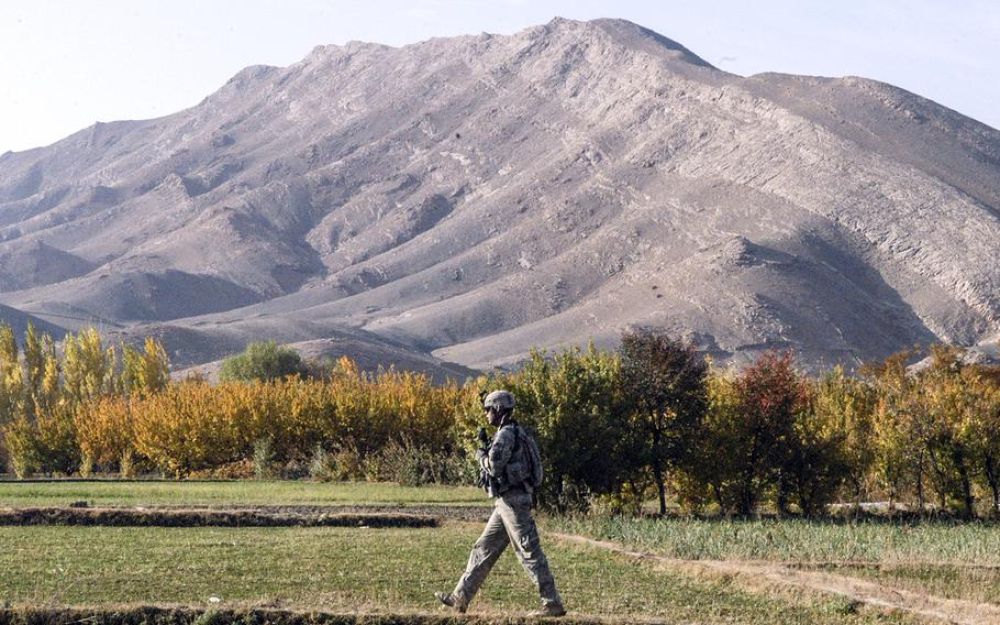

The Tangi Valley, nestled within the rugged terrains of Afghanistan near Jalalabad, has long been a region of both historical significance and natural beauty. The history of tourism in this area is intricately tied to the broader narrative of Afghanistan's allure to intrepid travelers and historians drawn by its ancient cultures and striking landscapes.
The earliest instances of tourism in Tangi Valley can be associated with the travelers of the Silk Road. During the zenith of this ancient trade route, many explorers and merchants passed through this region, marveling at its terrain and the warmth of its inhabitants. As time progressed and the Silk Road waned in significance, only the boldest of explorers ventured into these areas, often leaving behind accounts of the valley's stark beauty.
During the 20th century, Tangi Valley, like much of Afghanistan, attracted a niche tourism market. Adventuresome travelers from around the world came in pursuit of the untouched beauty, ancient ruins, and the hospitality of its tribal people. The region's challenging geography made it a mecca for those seeking unadulterated adventure tourism.
However, the onset of various conflicts, including the Soviet invasion and subsequent civil unrest, severely curtailed the flow of tourists to Tangi Valley. The ravages of war and instability rendered it inaccessible and dangerous for leisure travel, causing a significant hiatus in the region's tourism history.
With Afghanistan's varying phases of stability, there has been a cautious attempt to revive tourism. While still considered off the beaten path, areas such as the Tangi Valley offer unique opportunities for cultural and historical tourism. Visitors can explore the ruins that dot the landscape, telling tales of Afghanistan's diverse and storied past.
The rugged scenery and geological wonders also hold potential for eco-tours and geological studies, inviting a new brand of intrepid and responsible tourists interested in conservation and education. Efforts to develop sustainable tourism that benefits local communities are seen as a way to promote peace and understanding.
Moving forward, the Tangi Valley's tourism prospects hinge on the broader stability and security of the region. Stakeholders within the industry maintain hope that peace can usher in a new era of tourism growth, allowing more travelers to experience the magnificent allure of this remote Afghan valley.
Despite its challenges, the Tangi Valley's historical role in connecting cultures and its untapped potential for adventurous and cultural tourism remain an untold story. As global interests in unexplored destinations continue to rise, the hope is that Tangi Valley will eventually reclaim its status as a treasured jewel in the heart of Asia for the world to cherish and discover.